Kiki Smith at the Monnaie de Parais
{“main-title”:{“component”:”hc_title”,”id”:”main-title”,”title”:””,”subtitle”:””,”title_content”:{“component”:”hc_title_image”,”id”:”title-image”,”image”:””,”full_screen”:false,”full_screen_height”:””,”parallax”:false,”bleed”:””,”ken_burn”:””,”overlay”:””,”breadcrumbs”:false,”white”:true,”position”:””}},”section_5ZtkF”:{“component”:”hc_section”,”id”:”section_5ZtkF”,”section_width”:””,”animation”:””,”animation_time”:””,”timeline_animation”:””,”timeline_delay”:””,”timeline_order”:””,”vertical_row”:””,”box_middle”:””,”css_classes”:””,”custom_css_classes”:””,”custom_css_styles”:””,”section_content”:[{“component”:”hc_column”,”id”:”column_vtfQF”,”column_width”:”col-md-12″,”animation”:””,”animation_time”:””,”timeline_animation”:””,”timeline_delay”:””,”timeline_order”:””,”css_classes”:””,”custom_css_classes”:””,”custom_css_styles”:””,”main_content”:[{“component”:”hc_wp_editor”,”id”:”Xhugf”,”css_classes”:””,”custom_css_classes”:””,”custom_css_styles”:””,”editor_content”:”
\n
\n
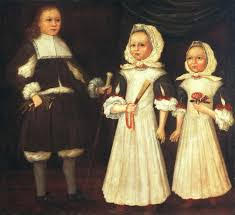
\n
\n
\n
\n
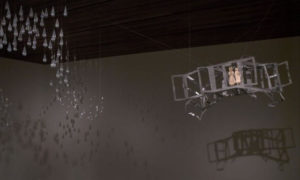
\n
\n
\n
\n
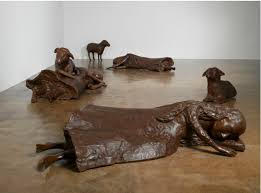
\n
\n
\n
\n
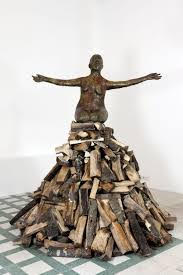
\n
\n
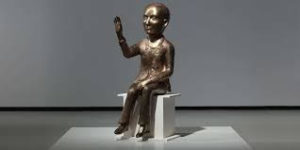
\n
\n
\n
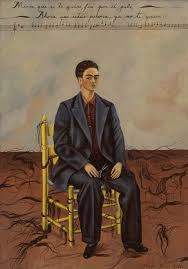
\n
\n
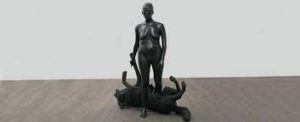
\n
\n
\n
\n
“}]}],”section_settings”:{“component”:”hc_section_image”,”id”:”section-image”,”image”:””,”full_screen”:false,”full_screen_height”:””,”parallax”:false,”bleed”:””,”ken_burn”:””,”bg_pos”:””,”overlay”:””}},”scripts”:{},”css”:{},”css_page”:””,”template_setting”:{“settings”:{“id”:”settings”}},”template_setting_top”:{},”page_setting”:{“settings”:[“lock-mode-off”]},”post_type_setting”:{“settings”:{“image”:””,”excerpt”:””,”extra_1″:””,”extra_2″:””,”icon”:{“icon”:””,”icon_style”:””,”icon_image”:””}}}}
